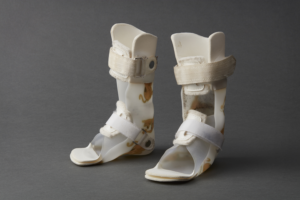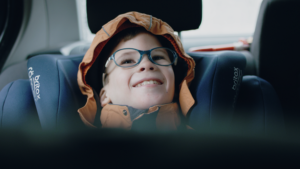In today’s 3D Printing News Briefs, AMUG has announced the recipients of its two scholarships, Ultimaker is marking a milestone with a new online marketplace and new Cura features, and a company has created a revolutionary 3D printed helmet to help children with flat head syndrome.
AMUG Announces Scholarship Recipients
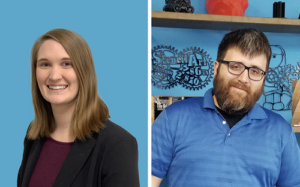 The Additive Manufacturing Users Group (AMUG) just announced the two recipients of its annual scholarships, who will now be recognized at the AMUG Conference in Chicago next month. The Guy E. Bourdeau Scholarship is awarded to one college student with a passion for AM, and this year it went to Katherine (Kate) Schneidau, who is pursuing a master’s degree in mechanical engineering at the University of Louisville. Chris Kaminsky, the Lakeshore Fab Lab manager at Muskegon Community College, received the Randy Stevens Scholarship, which is awarded to one educator who emphasizes or focuses on AM. Schneidau learned about SL, DLP, FFF, SLS, DMLM, and other methods of 3D printing through her engineering co-op, and taught others how to use the equipment, in addition to developing new process parameters for plastic and metal materials. Kaminsky makes 3D printing and design accessible to others by co-founding the MI3D organization, and is also a guest speaker about the technology.
The Additive Manufacturing Users Group (AMUG) just announced the two recipients of its annual scholarships, who will now be recognized at the AMUG Conference in Chicago next month. The Guy E. Bourdeau Scholarship is awarded to one college student with a passion for AM, and this year it went to Katherine (Kate) Schneidau, who is pursuing a master’s degree in mechanical engineering at the University of Louisville. Chris Kaminsky, the Lakeshore Fab Lab manager at Muskegon Community College, received the Randy Stevens Scholarship, which is awarded to one educator who emphasizes or focuses on AM. Schneidau learned about SL, DLP, FFF, SLS, DMLM, and other methods of 3D printing through her engineering co-op, and taught others how to use the equipment, in addition to developing new process parameters for plastic and metal materials. Kaminsky makes 3D printing and design accessible to others by co-founding the MI3D organization, and is also a guest speaker about the technology.
“I’m so excited to announce that Ms. Schneidau and Mr. Kaminsky have accepted the scholarships and will attend AMUG 2020,” said Brett Charlton, chair of the AMUG Scholarship Committee. “Once again, the pool of applicants was strong, and their experiences were vast. I’m certainly in awe—the experiences of our 2020 applicants in AM are astonishing, and it bodes well for AM’s future! The talent pool made it a challenge to select the right individuals, but both of our recipients are amazing and truly deserving of this honor.”
Ultimaker Introduces Marketplace and New Cura Features
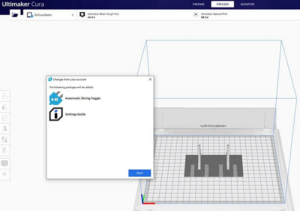 To celebrate its milestone of preparing 2,000,000 print jobs per week through Cura slicing software, Ultimaker launched a new online Marketplace, along with the release of Ultimaker Cura 4.5 and its additional features. Cura now has over 600,000 active users a month, and at the end of 2019, it was preparing twice as many print jobs per week as it had in 2018. Ultimaker Marketplace gives users access to plugins for standard software platforms, while the latest software release connects the Marketplace to Cura with new cloud functionality, which associates the plugins and optimized printing profiles directly with the user.
To celebrate its milestone of preparing 2,000,000 print jobs per week through Cura slicing software, Ultimaker launched a new online Marketplace, along with the release of Ultimaker Cura 4.5 and its additional features. Cura now has over 600,000 active users a month, and at the end of 2019, it was preparing twice as many print jobs per week as it had in 2018. Ultimaker Marketplace gives users access to plugins for standard software platforms, while the latest software release connects the Marketplace to Cura with new cloud functionality, which associates the plugins and optimized printing profiles directly with the user.
“Ultimaker Cura is continuously powered by its open source community and dedicated in-house software team. We see our user database is rapidly expanding every day with new students, makers and professional users. Where one user is more eager to manually tweak and test every setting available, others want to fully integrate 3D printing into existing workflows,” said Ultimaker’s CTO Dick Moerkens. “I am proud of our open approach and agile development strategy, which allows us to fully streamline and simplify the 3D printing workflow now and in the future.”
3D Printed TiMband Air Helmet
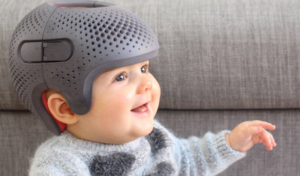 UK company Technology in Motion specializes in plagiocephaly (flat head syndrome) solutions for babies and children – namely, remolding helmets that are 3D printed so they’re more lightweight and comfortable. According to research, orthotic helmet treatment is the best way to treat severe head shape deformity, and the customizable TiMbandAir helmet (also known as the Talee in EU countries) is made with patent-pending bio-responsive technology for a better, more breathable fit – allowing the head to correct as it grows over four to six months. It has a unique three shell construction: the inner layer is a soft easy-clean liner to minimize sweating, while the mid-layer is important for shock absorption and offers flexible, gentle pressure, and the outer layer holds shape, gives strength, and provides protection. Thanks to 3D printing, these shells are also thinner than in other similar helmets, and the helmet features a breathable design to promote ventilation. Technology in Motion takes a photographic 3D scan of the baby’s head, and 3D printing, provided by partners at Invent Medical, ensures a custom fit. In 2018, the company received the prestigious Red Dot: Best of the Best design award for its recently launched TiMbandAir helmet, available in Technology in Motion clinics across the UK.
UK company Technology in Motion specializes in plagiocephaly (flat head syndrome) solutions for babies and children – namely, remolding helmets that are 3D printed so they’re more lightweight and comfortable. According to research, orthotic helmet treatment is the best way to treat severe head shape deformity, and the customizable TiMbandAir helmet (also known as the Talee in EU countries) is made with patent-pending bio-responsive technology for a better, more breathable fit – allowing the head to correct as it grows over four to six months. It has a unique three shell construction: the inner layer is a soft easy-clean liner to minimize sweating, while the mid-layer is important for shock absorption and offers flexible, gentle pressure, and the outer layer holds shape, gives strength, and provides protection. Thanks to 3D printing, these shells are also thinner than in other similar helmets, and the helmet features a breathable design to promote ventilation. Technology in Motion takes a photographic 3D scan of the baby’s head, and 3D printing, provided by partners at Invent Medical, ensures a custom fit. In 2018, the company received the prestigious Red Dot: Best of the Best design award for its recently launched TiMbandAir helmet, available in Technology in Motion clinics across the UK.
“We are extremely proud of the TiMbandAir helmet. We have had an amazing response so far, with almost 50% of parents opting for the TiMbandAir since its launch,” said Steve Mottram MBAPO, Managing Director of Technology in Motion. “We understand the distress, uncertainty and confusion parents undergo and we are excited to offer parents an improved form of flat head syndrome treatment for the future.
Discuss these stories and other 3D printing topics at 3DPrintBoard.com or share your thoughts in the Facebook comments below.
The post 3D Printing News Briefs: February 28, 2020 appeared first on 3DPrint.com | The Voice of 3D Printing / Additive Manufacturing.



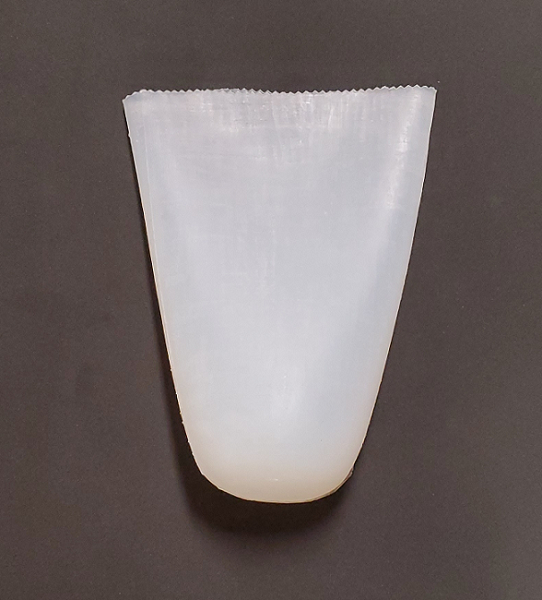



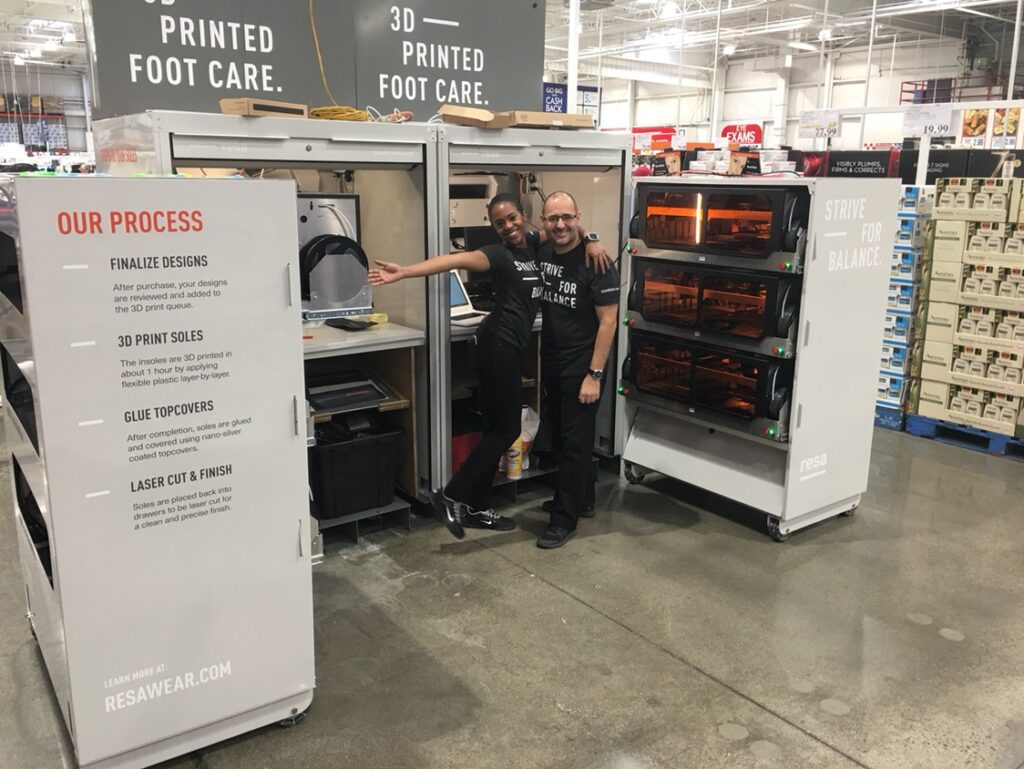
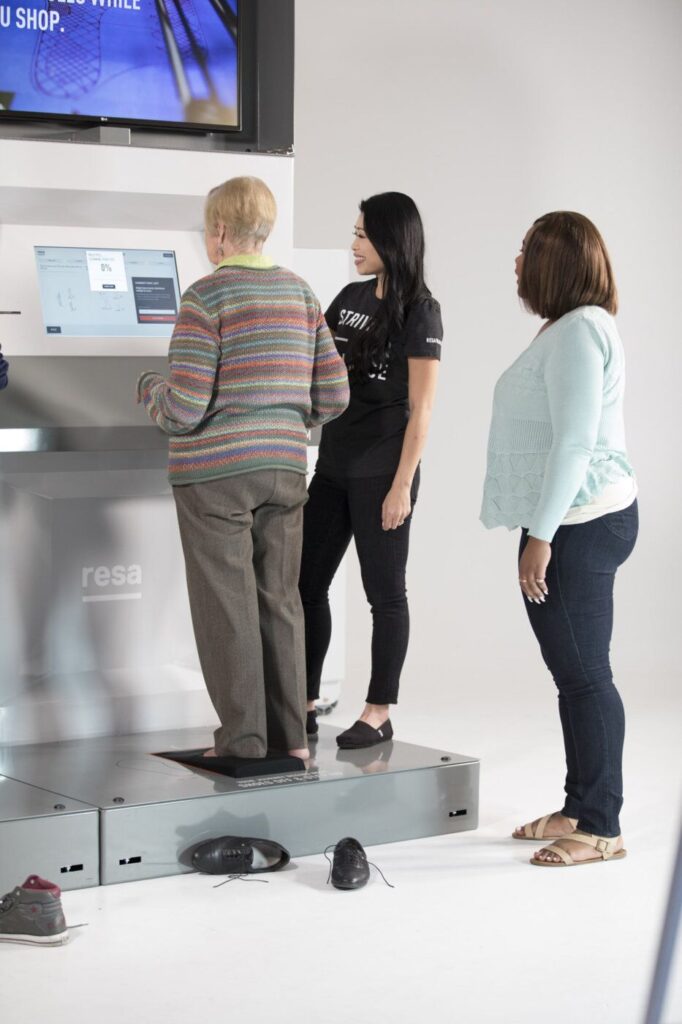
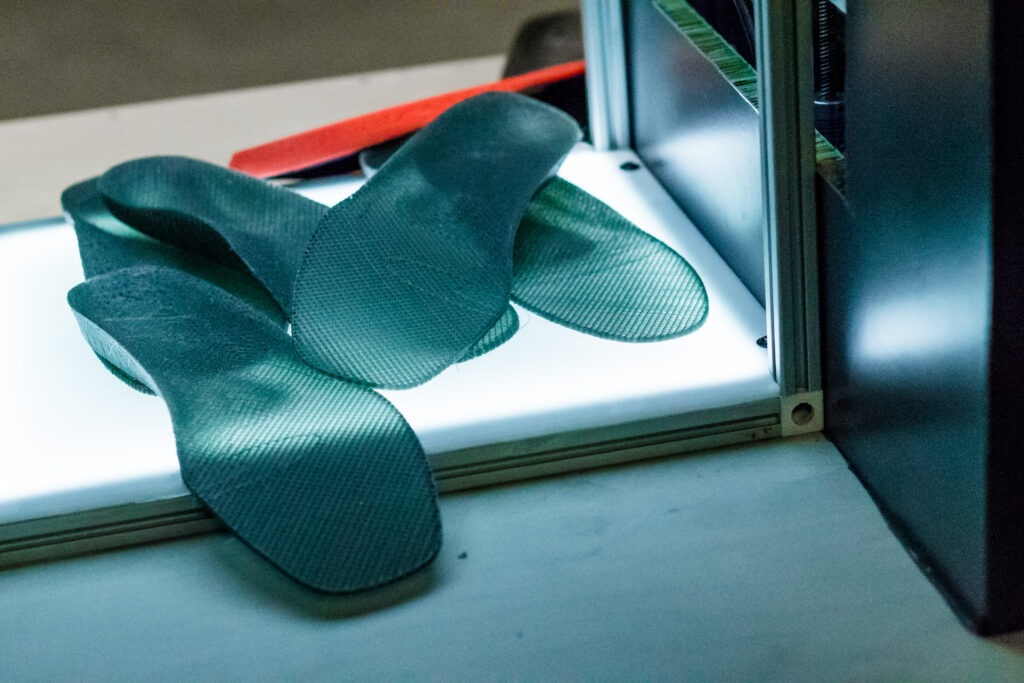
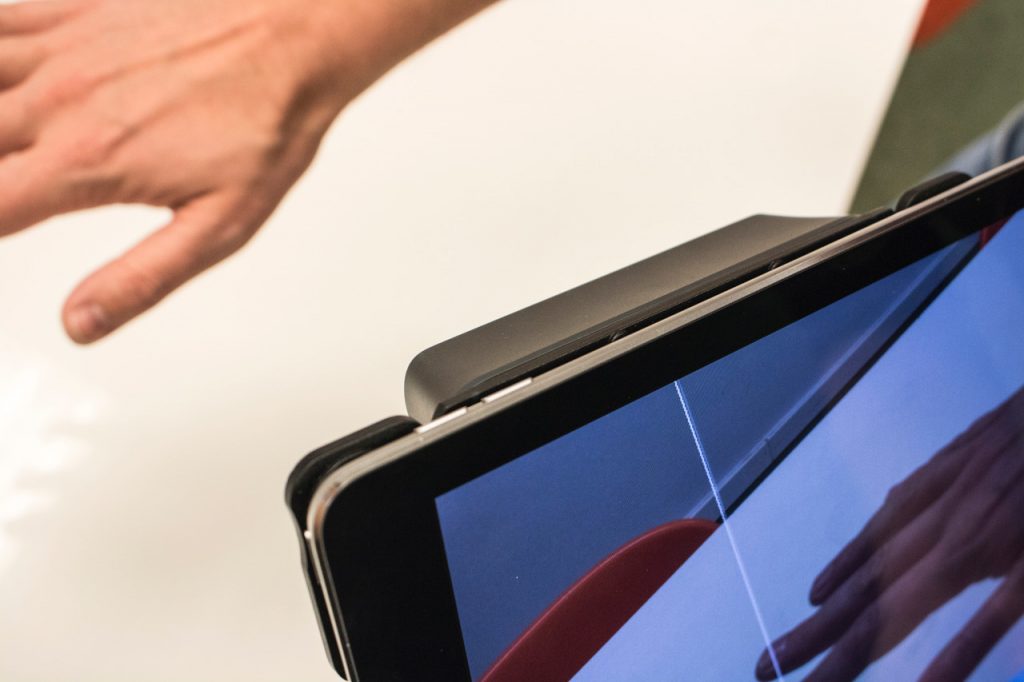
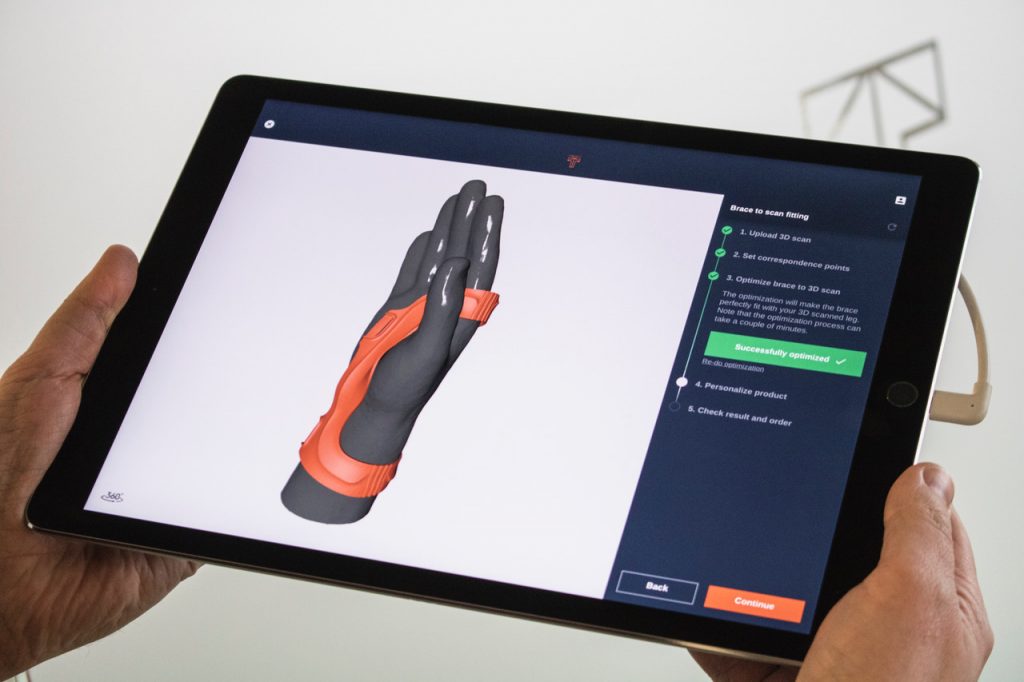
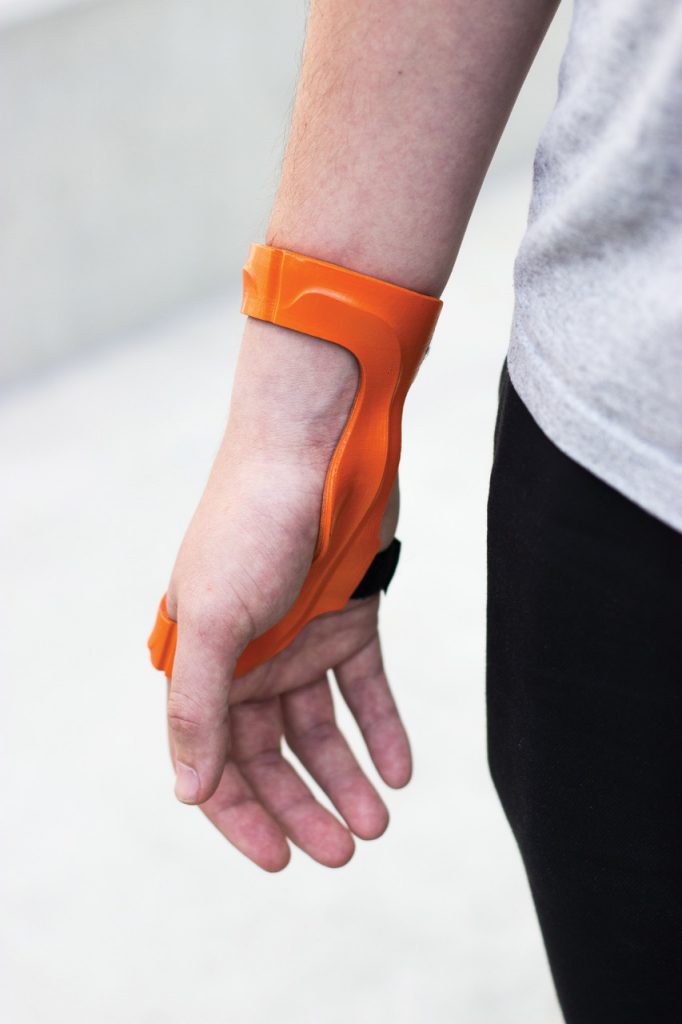
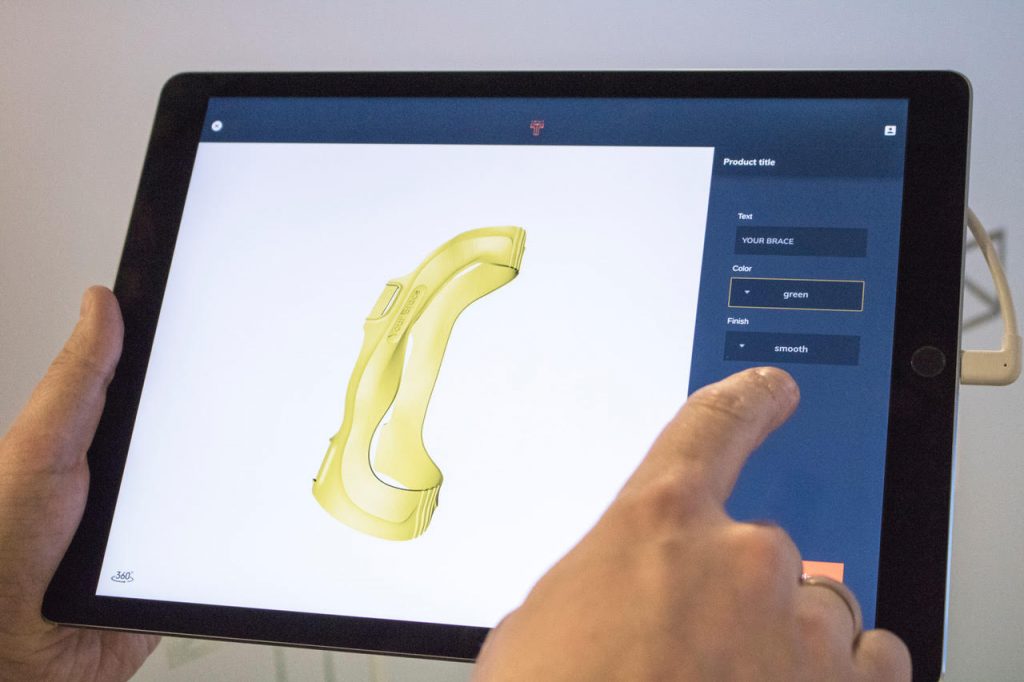

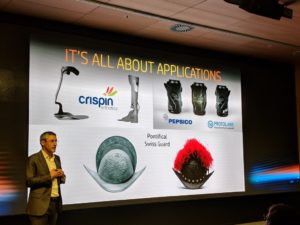
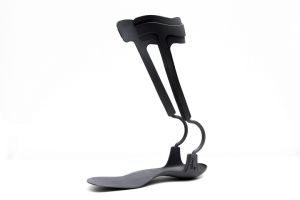
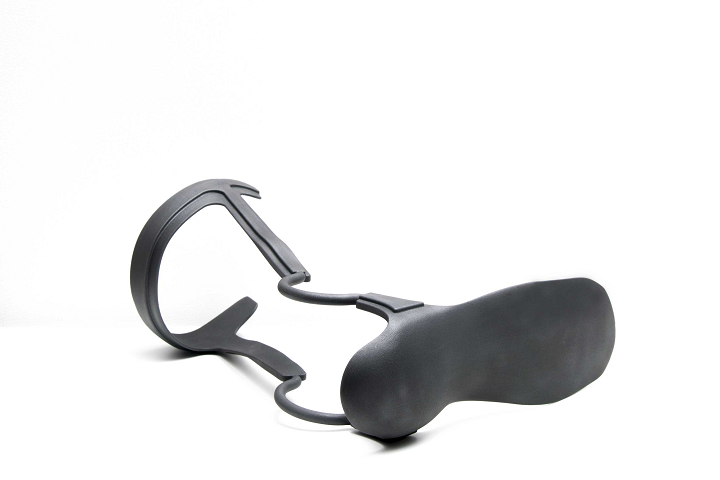


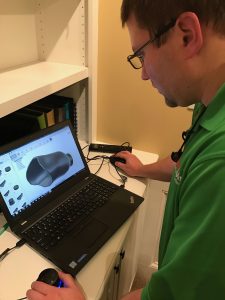
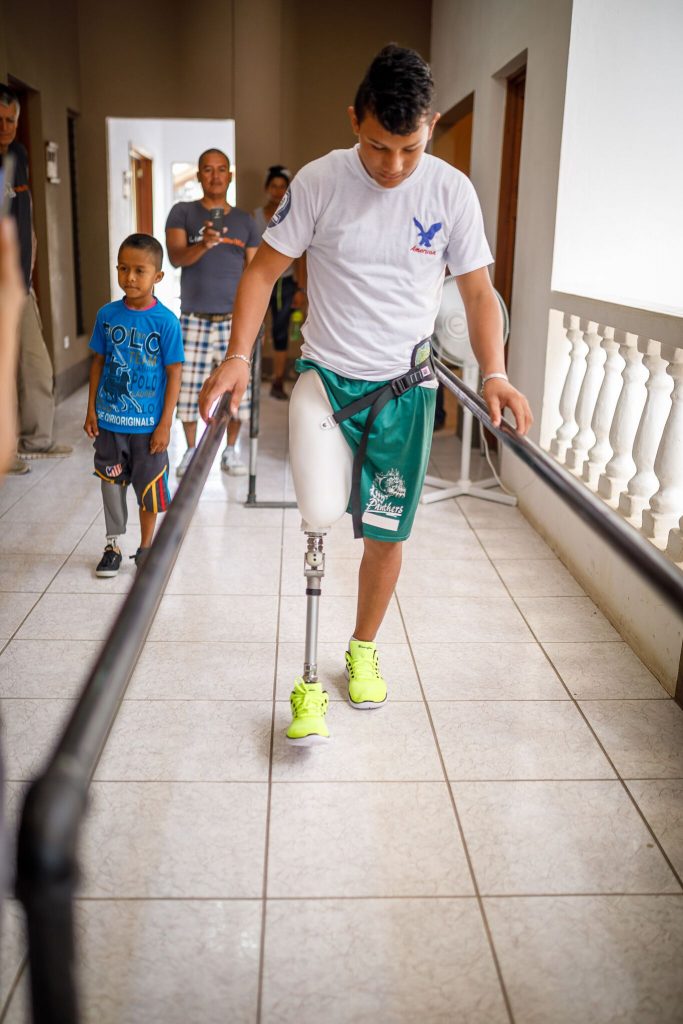
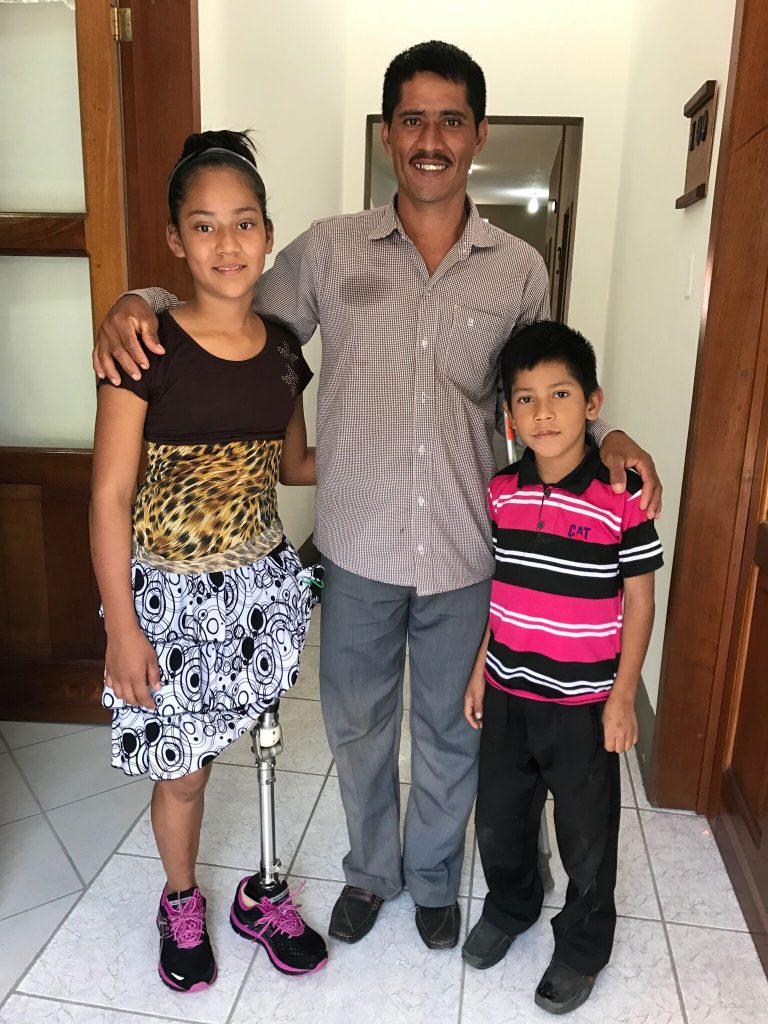
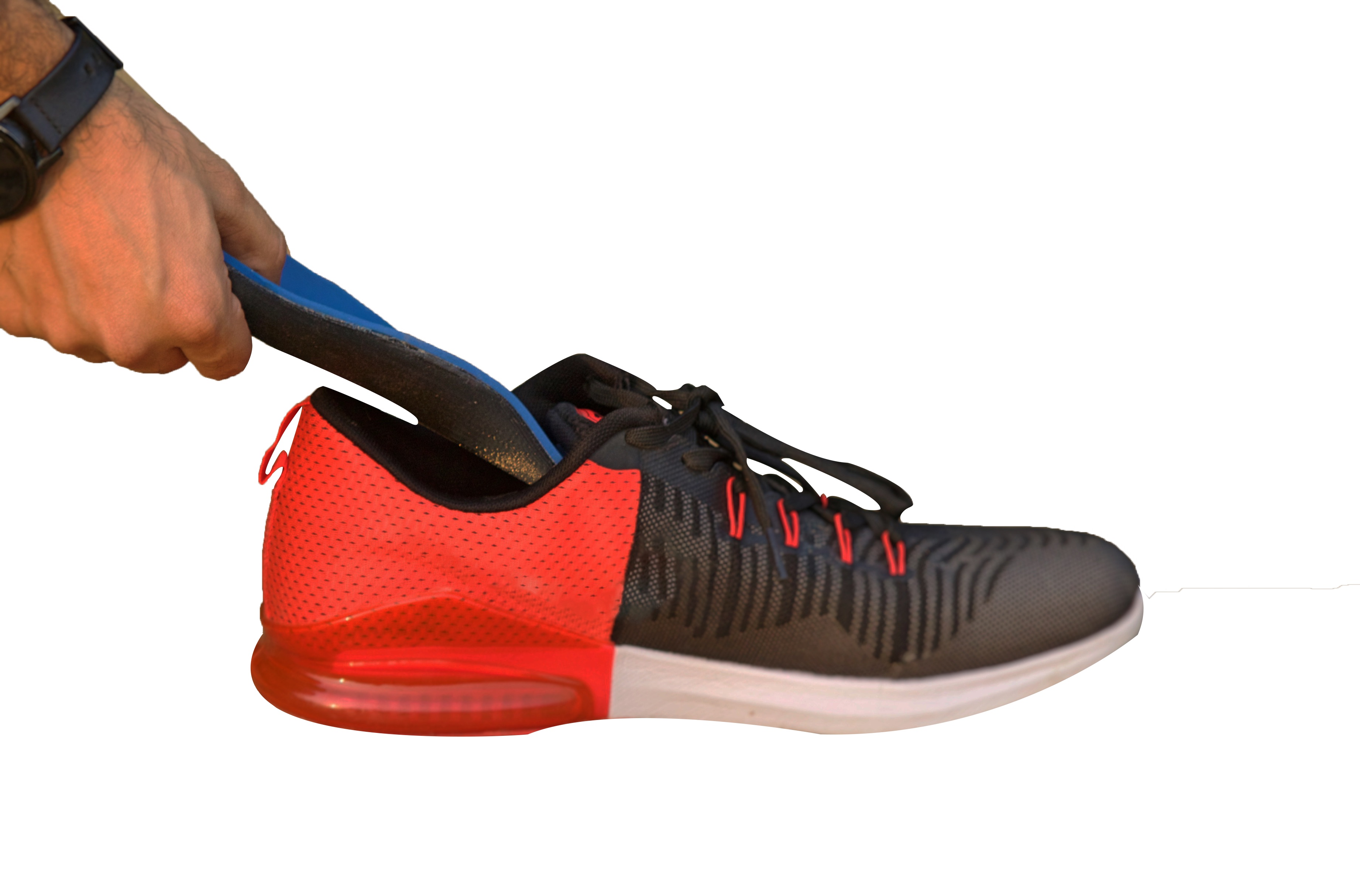 Insoles and orthotics generally are looking to be the next area where 3D printing will play a role. As with hearing aids and dental crowns a custom shape needed to fit a patient perfectly can cost-effectively be created through 3D printing. Usually, 3D printing is best at rather small items and insoles are a newer large size than the mass customized things that have been 3D printed thus far in their millions. Insoles have as an advantage however that they’re very flat so require few layers to print, improving the business case significantly. I find it strange that we pay hundreds of dollars for shoes that only come in a handful of sizes. Things such as orthotics and custom insoles can be more costly still. It is clear at this point that 3D printing can provide us with the accuracy, strength and performance needed to endure as a working insole. Whats more with
Insoles and orthotics generally are looking to be the next area where 3D printing will play a role. As with hearing aids and dental crowns a custom shape needed to fit a patient perfectly can cost-effectively be created through 3D printing. Usually, 3D printing is best at rather small items and insoles are a newer large size than the mass customized things that have been 3D printed thus far in their millions. Insoles have as an advantage however that they’re very flat so require few layers to print, improving the business case significantly. I find it strange that we pay hundreds of dollars for shoes that only come in a handful of sizes. Things such as orthotics and custom insoles can be more costly still. It is clear at this point that 3D printing can provide us with the accuracy, strength and performance needed to endure as a working insole. Whats more with 


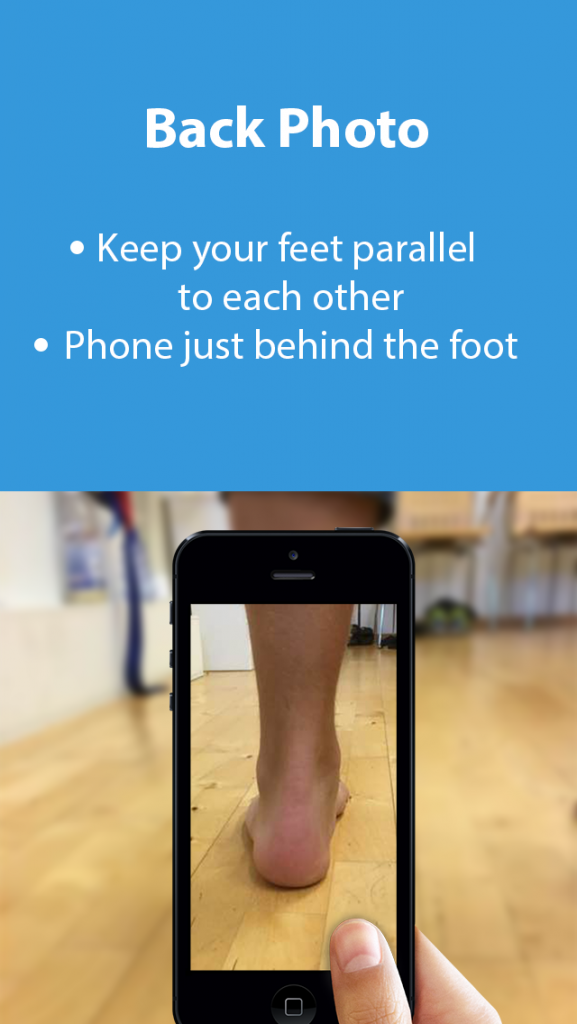
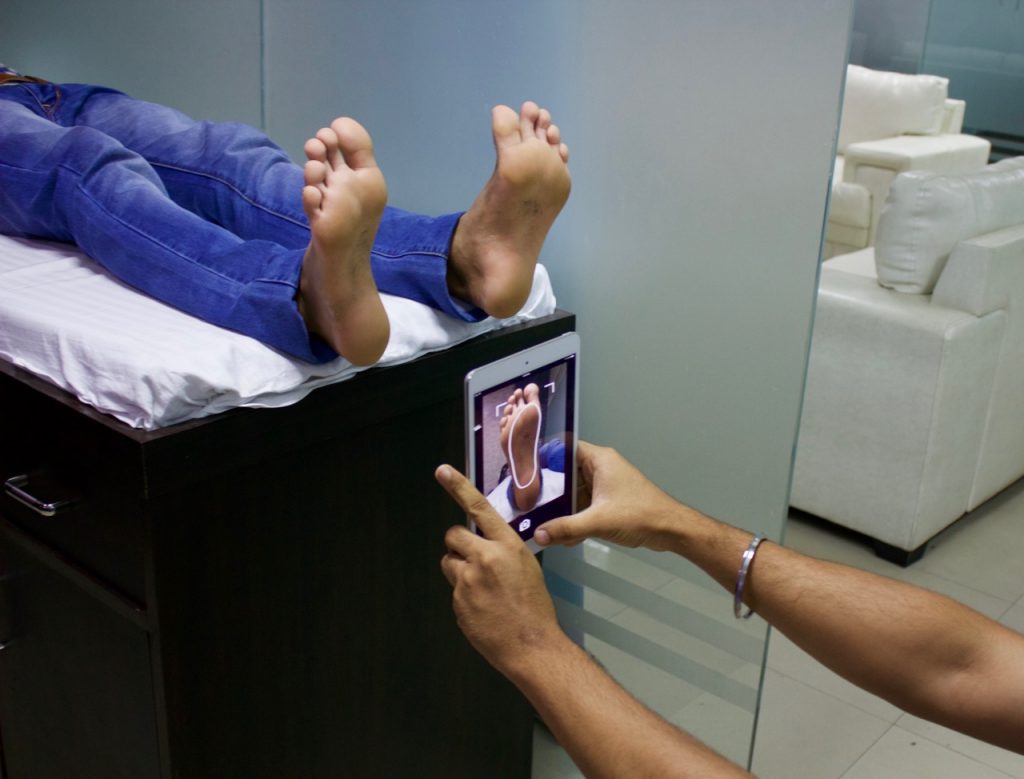
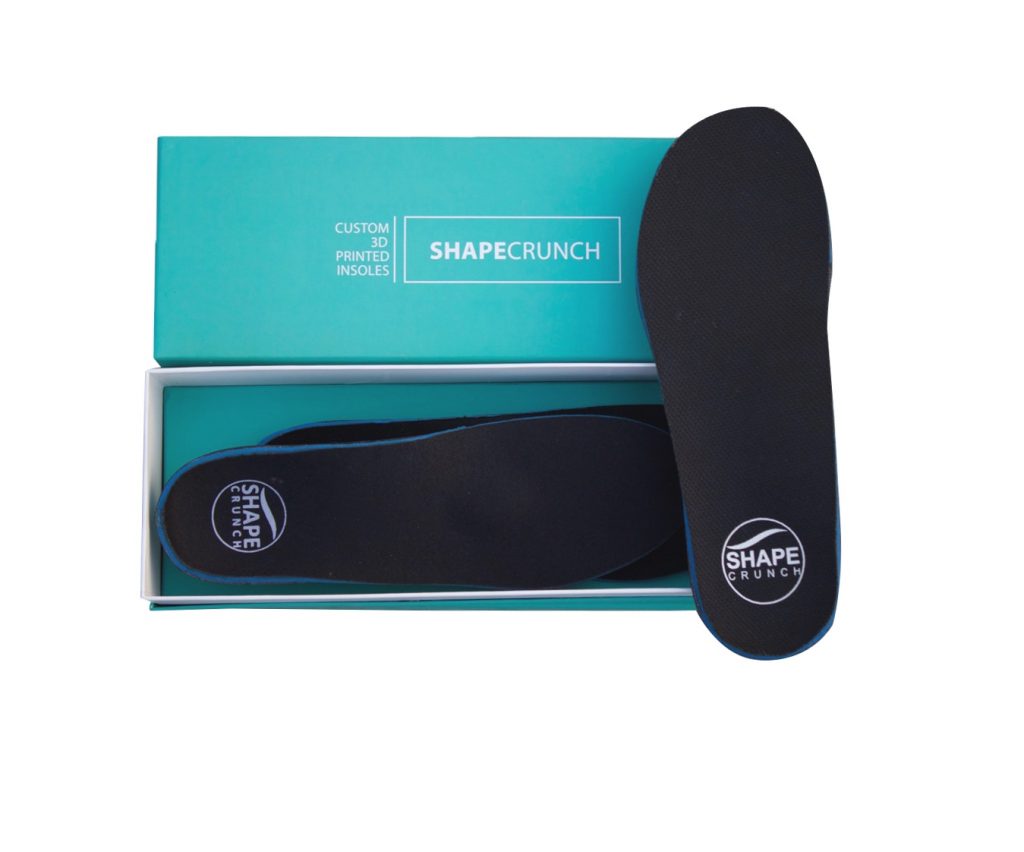 Discrepancy,
Discrepancy, 

